Iran-China 25 year cooperation program and its implication on India
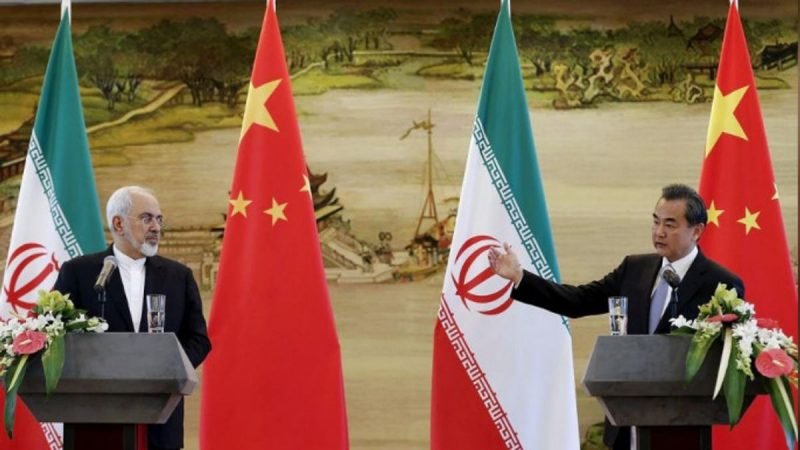
Introduction
The Islamic Republic of Iran and the People’s Republic of China led the initial framework for ‘Comprehensive Strategic Partnership’ in 2016 when President Xi Jinping paid a state visit to Tehran. A joint statement released by Iran prioritised the expansion of bilateral relationship from a political domain, executive cooperation domain, human and cultural domain, judiciary security and defence domain to regional and international domain[1]. Among others, some of the important consensuses reached between them were the establishment of a mechanism of annual meetings between their Ministers of Foreign Affairs, Iran’s continued strong commitment to ‘on China policy’, put consultation and discussion aimed at concluding a bilateral 25-year comprehensive cooperation agreement.
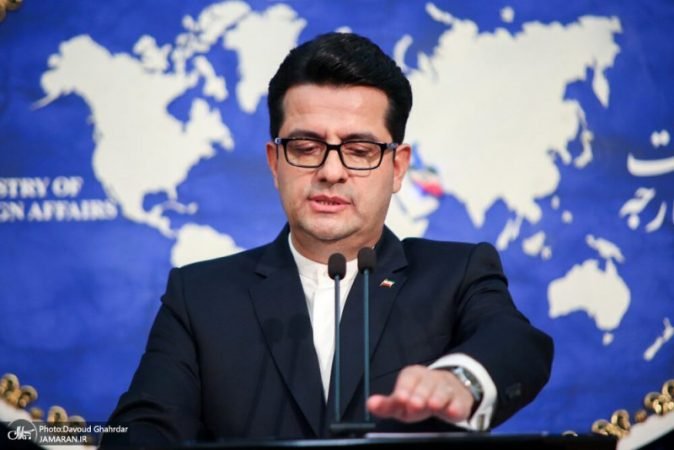
Four years down the line, The New York Times[2] got access to a detailed 18 page proposed $400 billion agreement in an article titled “Defying U.S. China and Iran near Trade and Military Partnership”. It claimed that the proposed agreement would vastly expand Chinese presence in banking, telecommunications, ports, railways and dozens of other projects. China, in exchange, would receive a regular and highly discounted supply of Iranian oil over the next 25 years. Clarifying the speculations making rounds in national and international media, spokesperson for the Ministry of Foreign Affairs of the Islamic Republic of Iran, Seyyed Abbas Mousavi said “The Iran-China Comprehensive Cooperation Plan is a clear-cut road map which fundamentally puts relations between these two important countries on track for the future world, a place where China, as the number-one economic power in the world, and Iran, as a major power in the West Asia region, can enjoy complimentary relations independently of traditional and domineering Western powers in a bid to secure their mutual interests and, at the same time, stand up to pressure by bullies.”
Why Now?
As the saying goes, “The enemy of my enemy is my friend”. The USA under President Trump applied ‘maximum pressure’ tactics to isolate Iran from international economic and commercial engagements. The re-imposition of sanctions by President Trump after unilaterally opting out of the Iran Deal, formally known as the Joint Comprehensive Plan of Action (JCPOA), made Iran desperate to look for a reliable and undeterred partner. China being equally antagonised by the Trump administration’s trade war, seized the opportunity and cracked a deal with a two-pronged objective. One, to fill the void left over by the USA (by opting out of JCPOA) in the middle-east. Two, to secure an assured energy supply on much-discounted rates to feed the emerging requirements of its economy in order to compete with USA. The deputy Iranian Foreign Minister for economic affairs, Gholam- Reza Ansari was quoted saying[3] “We circumvent sanctions and sell our petroleum to different countries, but China is the only country which officially buys oil from us”. He further said that both on the political and economic fronts, the Chinese have been very good defenders of Iran. Hence, juxtaposing the initial saying into this triangular relationship makes a perfect combination.
Implications for India
India has cautiously been taking note of these developments as it appeared at a time when Iran clarified its stand on Chabahar- Zahedan railway line project. Iran had reportedly[4] decided to cancel Indian participation in a rail project that connected Chabahar port via Zahedan to Afghanistan citing delayed funding. Furthermore, India has reduced its oil imports from Iran to almost nil following the re-imposition of economic sanctions in May 2019[5]. Despite Rupee- Rial payment mechanism operationalize in 2018 to bypass US sanctions, the oil imports from Iran could not take off and the mechanism became redundant. Amidst this background, 25 years cooperation program between Iran and China gains much greater significance for India’s strategic objective in the region and beyond. Let us have a look in detail at the significance and implication of this development for India.
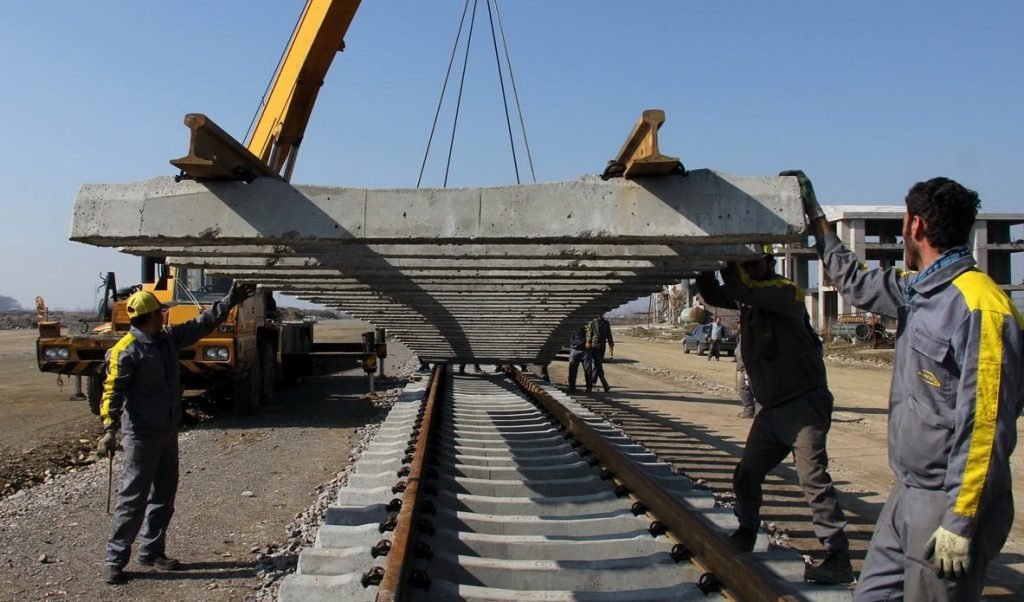
India has been trying to compete China at its periphery and beyond owing to the Chinese string of pearls[6] strategy. China has already built long inroads into India’s neighbouring countries like Sri Lanka, Nepal, Bangladesh, Maldives, Myanmar and Pakistan through its ambitious Belt and Roads Initiative. As an answer to this development, India expedited its renewed emphasis on regional connectivity and strategic projects which included Kaladan multi-modal project, Mekong Ganga cooperation initiative, International North-South Transport corridor, BBIN initiative etc. Among these initiatives, one of the most strategically important initiatives was the development of Chabahar port in Iran. It was strategic in the sense that it was touted as a response to Chines funded deep-sea port at Gwadar in Pakistan which is nearly 72 km from Chabahar. It also provides an alternative route for India to have trade links with Afghanistan and Central Asia. Considering these advantages, India started a renewed campaign for its involvement in Chabahar which was stalled due to US sanctions since 2003. In 2016 India signed a bilateral agreement[7] with Iran to invest USD $500 million to build Chabahar- Zahedan railway line as a transit for India to Afghanistan bypassing Pakistan. However, renewed US sanctions following the unilateral withdrawal of President Trump from JCPOA pushed India into a double sword conundrum. Owing to the sanctions, India’s proactive involvement in the project got a huge jolt which got manifestation in Iran declaration, in July 2020, of proceeding ahead with the Chabahar- Zahedan railway project without India citing delayed funding. However, India has denied being dropped out of the Chabahar project. Recently[8] first Indian equipment consignment worth $8.5 million arrived in Iran. It will be used for the development of Shahid Beheshti port at Chabahar which is a part of a contract between the two sides according to which India is going to invest $85 million in this port.
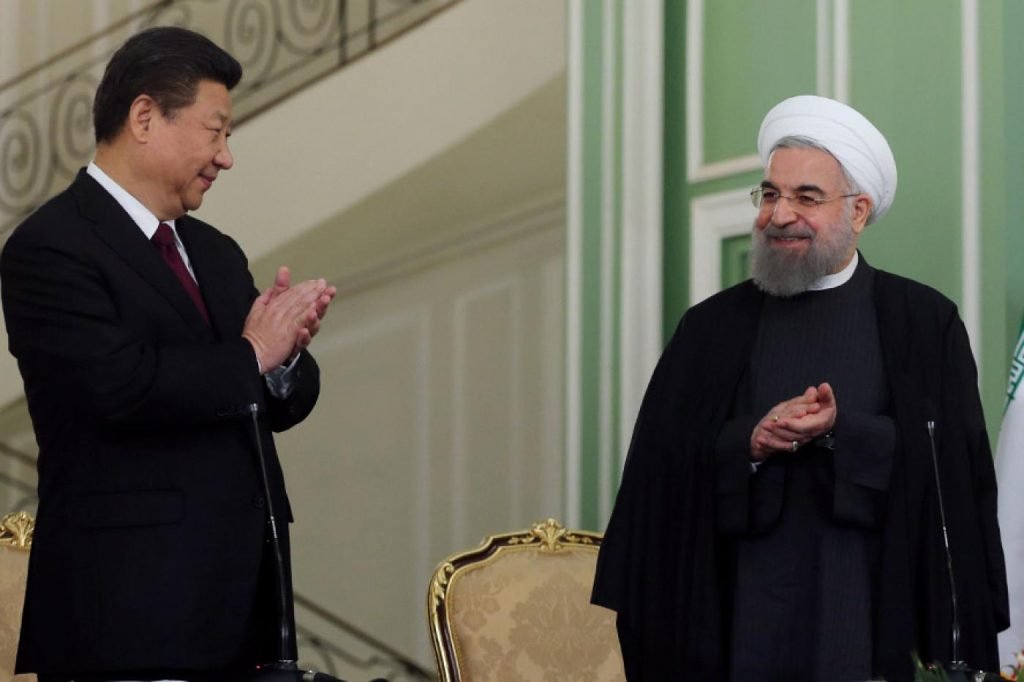
Amidst all these development in addition to the Coronavirus pandemic, ensuing trade war and the US’s ‘maximum pressure’ tactics on Iran, China and Iran came up with a huge $400 billion agreement encompassing almost all the significant dimensions of their bilateral relationship ranging from cultural, energy, economic to security cooperation for a long 25 years. Like elsewhere, huge infrastructural investment in Iran would entail the presence of a large Chinese military on Iranian soil to protect their commercial interest. This would be a significant proposition in future which can alter the regional security dynamics as well as allow China to be an important player in the Middle East’s regional strategic calculations. China and Iran have been mulling around to increase Chinese involvement in key strategic ports including Chabahar port. According to some reports[9], Chinese companies will construct a dual-use facility at Iran’s key ports like Chabahar, Bander-e-Bushehr and Bandar Abbas, which will be used by Chinese and Russian military vessels.
This clearly brings forth the contention that India’s relatively minuscule investment of $800 million in front of Chinese $400 billion, is incomparable. This long term, a multi-dimensional deal between Iran- China may provide China unfettered access to the Indian Ocean Region. A substantial amount of investment in Iranian port development may eventually be turned into a permanent military access arrangement and with the Chinese built and operated Gwadar port in the Arabian Sea and China’s military base in Djibouti, China will be able to tap on any developments taking place in the gulf. This will not only be in line with the Chinese Belt and Road Initiative but also a logical extension of the “String of Pearls”, a network of port China is developing in the Indian Ocean region and beyond.
Now at this moment, Iran sees a better, reliable and undeterred partner in China especially at a time when India has almost fallen in line with the United States dictate. It would not be an exaggeration to state that if Iran finalizes the strategic partnership with China, Tehran would replace New Delhi with Beijing in Farzad B and Chabahar projects. As per a section of the agreement, Tehran will provide Chinese companies with the first preference to bid on any new, stalled or oil or gas field development or petrochemical projects.
The US Factor
The United States unilateral decision to withdraw from the Joint Comprehensive Plan of Action was not a bilateral agreement between Iran and the USA but a multilateral agreement involving United Kingdom, China, Russia, France, Germany and the EU. Imposition of sanctions on Iran and secondary sanctions[10] on all those countries and companies that are engaging commercially with Iran, pushed India into a systemic stimulus wherein India had to make this unholy choice between a natural partner and a strategic partner. Owing to India’s economic and executive complications, Tehran was already envious of New Delhi’s gradual pace of implementation. Scholars[11] have attributed this perpetual delay in starting the project to two broad reasons. The first reason being the US sanctions which India thinks would jeopardise the supply of equipment required for the project from European and Japanese companies as they might refuse to ship under US pressure. The second reason being the Taliban deal which paved the way for the Taliban’s return to rule Kabul which may impact any huge investment involving Afghanistan. After the US sanctions not only does India showed caution in Chabahar port project investment but also gradually reduced its energy imports from Iran to nil. At the same time, India’s energy imports from the USA skyrocketed. In 2020[12], India increased its intake of oil from the US to about 1,84,000 barrel per day five times more than in 2018, and up from zero imports just 5 years ago. All these developments forced Iran to believe that India cannot withstand US sanctions and hence is not reliable as against China.
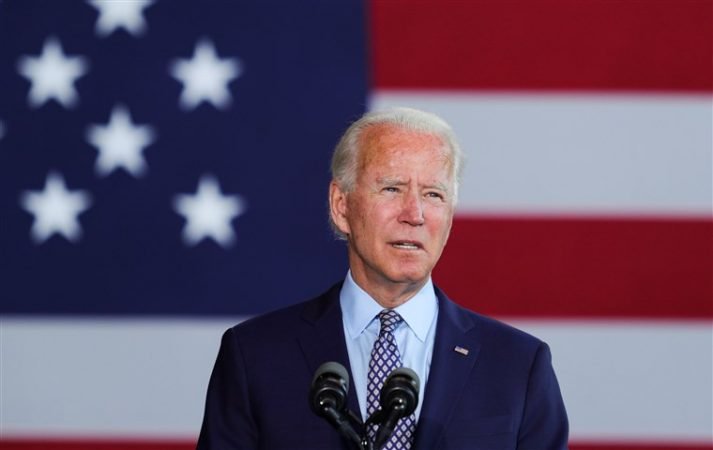
Structural understanding
As Robert Gilpin[13] Professor Emeritus of International Affairs at Princeton University, suggests that a hegemonic power would never let a regional power gain the status of regional hegemon. This is because a regional hegemon would challenge the global hegemon over a period of time. To contain a regional power, the global hegemon creates and nurture a regional player and buck passes the task of containing the regional power. Iran with its revolutionary zeal, energy
powerhouse and fairly large geographical area emerged as a strong contender of regional hegemon. The USA, the global hegemon nurtured and buck passed the task of containment to Saudi Arabia in the middle- east region. As the balance of power theory suggests that a revisionist power will always try to expand its zone of influence in order to counter the superpower. The USA, a superpower, having opted out of JCPOA, left a void in the middle- east. This was seen by China, a revisionist power, as a propitious moment to expand its zone of influence. This was equally responded to by defiant Iran who chooses to bandwagon with China. Iran is clear-eyed about the fact that the great power competition between the USA and China is going to intensify in the coming years. At a regional level, India tried to balance China with whatever resources they had in the region and beyond. But due to economic and executive complexities and the greater global power politics in play, India could not compete with China primarily because of power asymmetry.
Way forward
Iran’s official statements time and again have suggested that Tehran fully understand the strategic conundrum New Delhi is grappling with. Economic sanctions and the United States targeted killing of Iranian high officials have put enormous pressure on Iran, both internally and externally. Definitely, Iran would not be willing to put the strategic option of New Delhi to the rest because they desperately need foreign currencies to cure themselves of the sanctions. Moreover, as the recent developments in the United States suggest, Donald Trump has been voted out of the White House and Joe Biden is the new President of the United States of America. Biden was the Vice President of President Obama and oversaw the implementation of the Joint Comprehensive Plan of Action (JCPOA). So it is expected that President Biden would not be having such a hawkish attitude towards Iran. So, at one hand New Delhi needs to pull its diplomatic skill and reinforce engagement with Tehran at the same it should persuade new administration in the United States of its strategic relationship with Iran.
[1] President of Iran (2016), “Full text of Joint Statement on Comprehensive Strategic Partnership between I.R. Iran and P. R. China, 23 January 2016
[2] Fassihi, Farnaz and Myers, steven (2020), “Defying U.S., China and Iran Near Trade and Military Partnership”, The New York Times, 11 July 2020
[3] Ministry of Foreign Affairs (2020), Government of the Islamic Republic of Iran, “China Only Country Officially Buying Oil from Iran”, July 2020
[4] Mohan, Geeta (2020), “Real reason why India sits out of Iran’s Chabahar- Zahedan rail link project”, India Today, New Delhi, 21 July 2020
[5] Press Trust of India(2020), “India keen on US allowing resumption of oil supplies from Iran, Venezuela: Pradhan”, The Economic Times, New Delhi, 2 December 2020
[6] Khurana, Gurpreet (2008), “China’s String of Pearls in the Indian Oceanand its security Implications”, Manohar Parrikar Institute of Defence Studies and Analysis, New Delhi, January 2008
[7] Ministry of External Affairs (2016), Government of India, “List of Agreements/MOUs signed during the visit of Prime Minister to Iran”, Media Centre, 23 May 2016
[8] Mohan Geeta (2021), “First shipment of Indian equipment arrives at Chabahar port of Iran”, India Today, New Delhi, 18 January 2021
[9] Devendra, Nagapushpa (2020), “The Iran- China 25-years Deal: Where does it leave India?, The Rise, New Delhi, 9 August 2020
[10] Rej, Abhijnan (2018), “Beyond JCPOA- Secondary sanctions, projects and investments”, Observer Research Foundation, New Delhi, 20 July 2018
[11] Bilgrami, Mohammad (2020), “Implication of Iran China Deal on India”, Centre for Iranian Studies in Ankara”, 9 September 2020
[12] Chaudhury, Dipanjay (2020), “After Trumps India visit, oil and gas imports from United states set to increase”, The Economic Times, New Delhi, 26 February 2020
[13] Gilpin, Robert (1987), “The Theory of Hegemonic War”, The MIT Press, USA, 18 (4): 591-613



















